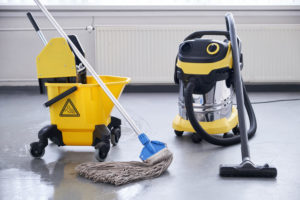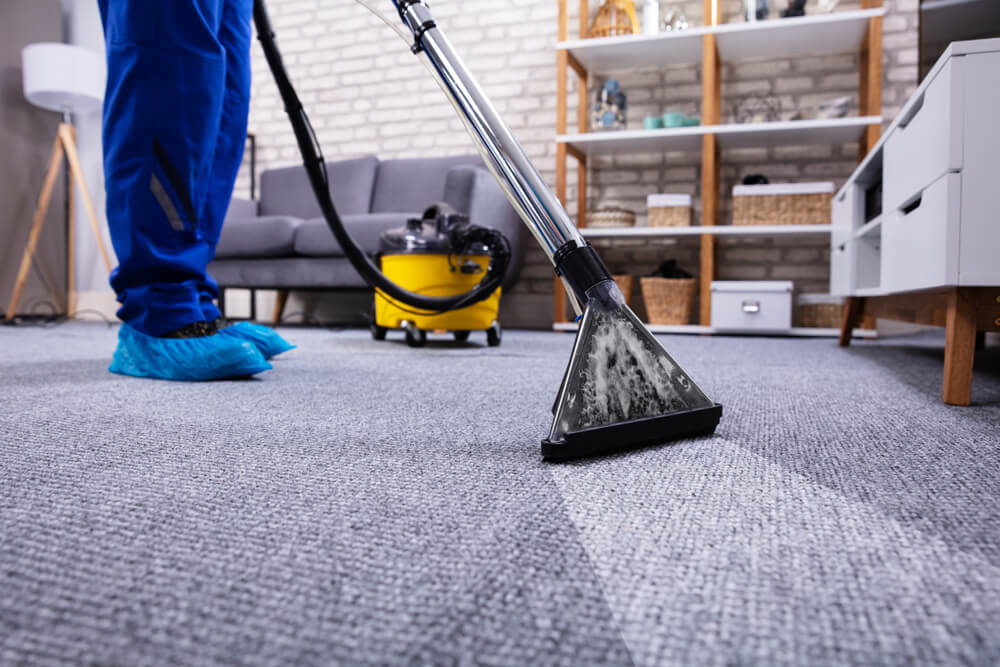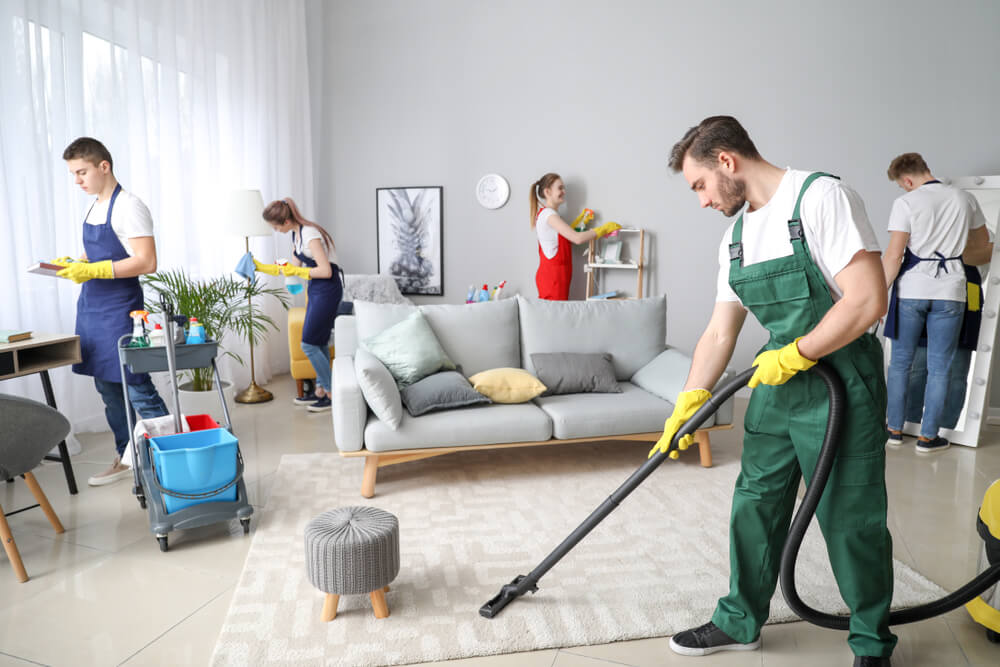Here are several reasons why blood removal by yourself is dangerous and why you must hire a professional to remove any quantity larger than “tiny.” If there has been an injury in your workplace, improper cleanup can cause several health risks to you and the people in your space.
Health Risks
The Center for Disease Control and Prevention (CDC) classifies blood as a biohazard. A biohazard is any biological substance that can cause harm or injury to humans. Blood is a biohazard because it carries pathogens that spread through exposure to blood. Those diseases, bacteria, and viruses include, but are not limited to:
- HIV
- Hepatitis B
- Hepatitis C
- Methicillin-resistant Staphylococcus aureus
- E. coli
- Hepatitis A
- Candida Auris
In addition, blood can attract rodents and insects that can carry disease. It also can serve as the foundation for mold and bacteria to grow. Because of those diseases, viruses, and bacteria, blood presents more of a challenge than most liquids that a paper towel and some all-purpose cleaner can provide cleanup for.
Whenever anyone is working around blood and does not have the proper safety clothing and equipment, they risk exposure to any pathogen, bacteria, or parasite that might be in the blood. Exposure can mean infection and even picking up chronic disease.
The risk includes liquid and dried blood. The CDC states that Hepatitis C can survive in dried blood for several days, and Hepatitis B can live in dried blood for up to one week.
Even pathogens that die quicker still will be present and able to be transmitted in recently dried blood. If dried blood comes in contact with a human, it can transmit those diseases just as if it were still liquid. This alone should be worth the cost of having professional services take care of blood clean up.
Liquid Seepage
Blood is a fluid, which means it has some natural tendencies. It will seek the lowest point that offers the least amount of resistance and is highly absorbable. Because of that, blood will seep into divots, cracks, dips, and crevices on any surface. It will also quickly be absorbed by carpet or upholstery and permeate porous surfaces.
That creates a scenario where safe blood removal and sanitizing of the surfaces it was on is almost impossible without specialized knowledge, experience, and tools.
In addition, cleanup of any kind of blood from crevices and cracks, upholstery, and carpet can be almost impossible without the right equipment. Trying to tackle it with a scrub brush and some paper towels is dangerous and unlikely to succeed.
Improperly cleaned blood can also affect property value. Property values can suffer if blood was present because of a crime. Very few people want to live or work in a place where blood might be lurking, so ensuring your property receives quality blood removal is important.
You Lack the Equipment to Clean Everything

Given how dangerous blood can be and how difficult cleanup can be, you must have the right equipment to do a complete job. Once the cleaners have finished the blood removal, you must sanitize the area. No standard household equipment can completely remove the blood and sanitize the region.
You need the various tools and equipment a blood removal company has, and you must know how to use all of them.
Legal Requirements
Because it is a biohazard, blood removal involves cleanup, packaging, and handling per the Occupational Safety and Health Administration (OSHA) and CDC regulations and recommendations. To not follow those is to risk fines. Depending on the business where the blood gets spilled, OSHA could declare your property a health violation.
That can lead to a business closing its doors until there has been a proper cleanup and sanitization of the area.
There is also the situation where blood from an injury is evidence. If you mishandle it, you potentially ruin any chances of examining it forensically or being used as evidence by law enforcement.
It’s important to be knowledgeable about legal requirements and other blood removal questions before attempting to clean up the scene. A professional cleanup crew can quickly assess what is needed to preserve the blood, collect evidence samples and samples for lab testing, and store and transport the blood.
Professional Blood Removal Services

While you should follow CDC and OSHA guidelines for any amount of blood, you certainly must for larger amounts. Blood is a biohazard, so you must know the health risks and diseases that can come with exposure and how to mitigate them effectively. For these reasons, your smartest move if you need blood removal is to play it safe and let a professional do the dirty work.
For professional blood removal and cleanup, contact Scene Clean today for the best care and consideration in returning your business to normal.



